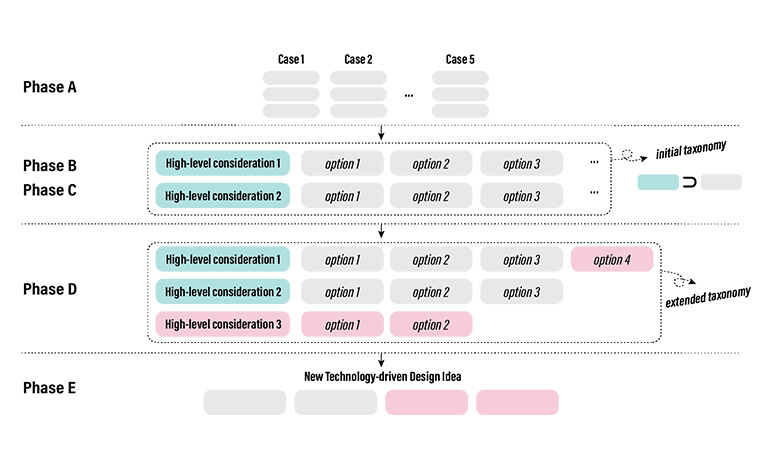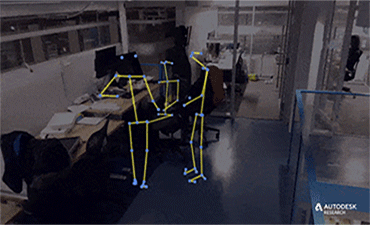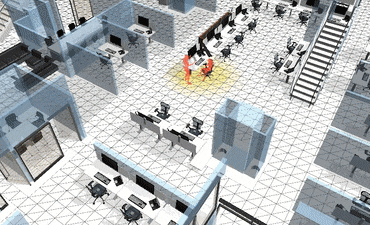
This article introduces Designatomy, a novel approach to guide technology-driven design approaches to tech-novice design students. This method employs a taxonomy framework as a foundational thinking strategy, encouraging students to independently explore and comprehend design features shaped by new technologies.

This paper envisions generative Artificial Intelligence (AI) and eXtended Reality (XR) as means to better novices in adopting dual roles as designers and users while personalizing 3D products. A generative design study with 24 participants in their homes examined how novices think and act while designing personal products.

This study investigates how XR interactions enhance museum knowledge delivery by analyzing 737 exhibit commentaries, interviewing curators to identify communication challenges, and proposing XR design strategies that incorporate situated visualization, spatio-temporal interaction, and participatory embodiment for richer visitor experiences.

We propose a generative design workflow that integrates a stochastic multi-agent simulation with the intent of helping building designers reduce the risk posed by COVID-19 and future pathogens.
Generative design for COVID-19 and future pathogens using stochastic multi-agent simulation
this is meta description

To better understand how workplace design shapes social interactions, we ran an empirical study in an office context over a two week period. Based on the data, we discuss dynamics of socio-spatial formations and how this knowledge can support social interactions in the domain of space design systems and interactive interiors.

We investigated how office interior layouts influence the way we socially experience office buildings. Using the real-world vision data, we propose the concepts of socio-spatial comfort: social buffers, privacy buffers, and varying proxemics to inform a user-centered way of designing human building interactions and architecture.

We developed situated and interactive guidelines to assist users in design applications. We applied these guidelines in a Virtual Reality (VR) system that lets users customize their desk and provides real-time feedback and feedforward on pose and design.
Interactive and Situated Guidelines to Help Users Design a Personal Desk that Fits Their Bodies
This is meta description
We developed situated and interactive guidelines to assist users in design applications. We applied these guidelines in a Virtual Reality (VR) system that lets users customize their desk and provides real-time feedback and feedforward on pose and design.
Consumer to Creator: How Households Buy Furniture to Inform Design and Fabrication Interfaces
This is meta description
We extend the research on digital gastronomy by using digital fabrication to create custom tools that assist the process of cooking. We present the iterative process of designing the “Ori-mandu” system, and how Ori-mandu enables users to fabricate dumplings in whatever shape they want.
Ori-mandu: Korean Dumpling into Whatever Shape You Want
This is meta description







